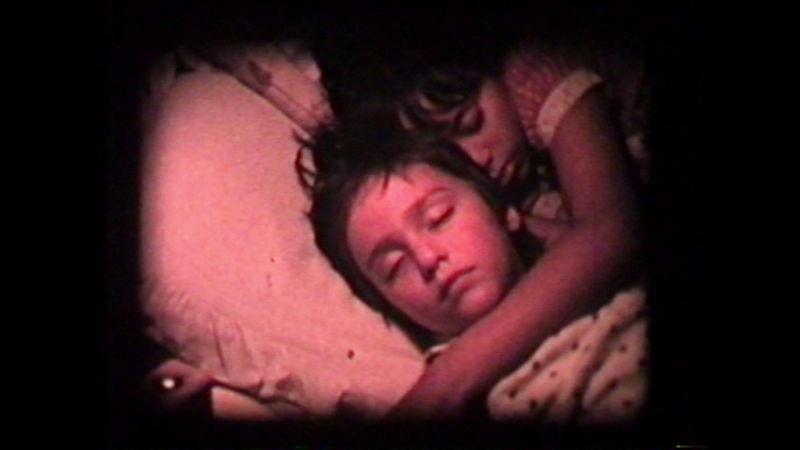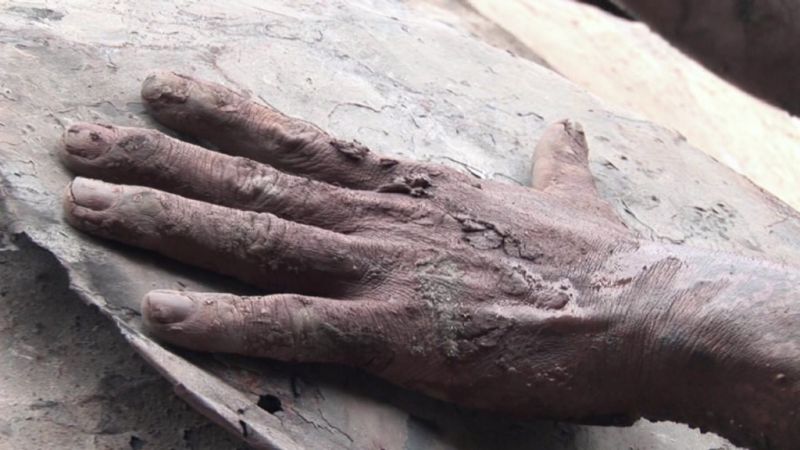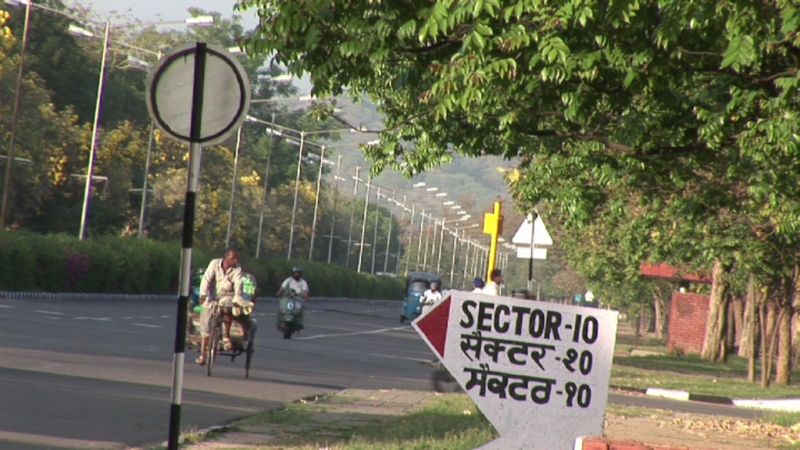The Otolith Group - Otolith II

Otolith II is informed by these broad concerns. The shadow of the unrealised futures evoked in this photographic archive falls across the present. Otolith II focuses on the aftermath of the futures planned by the modernists of the mid century. It explores the utopian city of Chandigarh as a counterpoint to the unplanned futures that so many now inhabit. To navigate Le Corbusier ’s city today is to investigate the manifold ways in which everyday sociality modifies the Nehruvian faith in rationalised modernity. Structured as a movement between plan, counterplan and non-plan, between the extremes of real estate speculation and the contingencies of contrapiano, Otolith II looks at the conditions of collapsed urbanism, informal architectures and pirate modernity that inform the slum, the shanty town and the ghetto, all of which are understood as the exemplary city of the future. More specifically, it looks at the slums of Bombay as the unregulated city of the pirate future. As the predominant form of unregulated architecture, the slum is typified by multiple incongruities. It is built by the housewife who can be understood as an informal architect. The slum is a complex of improvisations that exceed survival and can be understood as a condition of becoming. These ideas have been researched by journalists such as Suketu Mehta in Maximum City and urbanists such as Mike Davis in Planet of Slums as well as documentary filmmakers such as Anand Patwardhan in Bombay Our City. Influenced by Godard ’s Alphaville and Black Audio Film Collective’s Twilight City, Otolith II is a film essay on economic fantasy and forced labour, urban fiction and dreams of living space. An artistic exploration of the poetic and affective dimensions of the slum understood as the city of the future.
co-production with KunstenFESTIVALdesArts and If I Can’t Dance / Huis & Festival aan de Werf
argos
Entrance fee:
included in the general argos exhibition entrance fee


